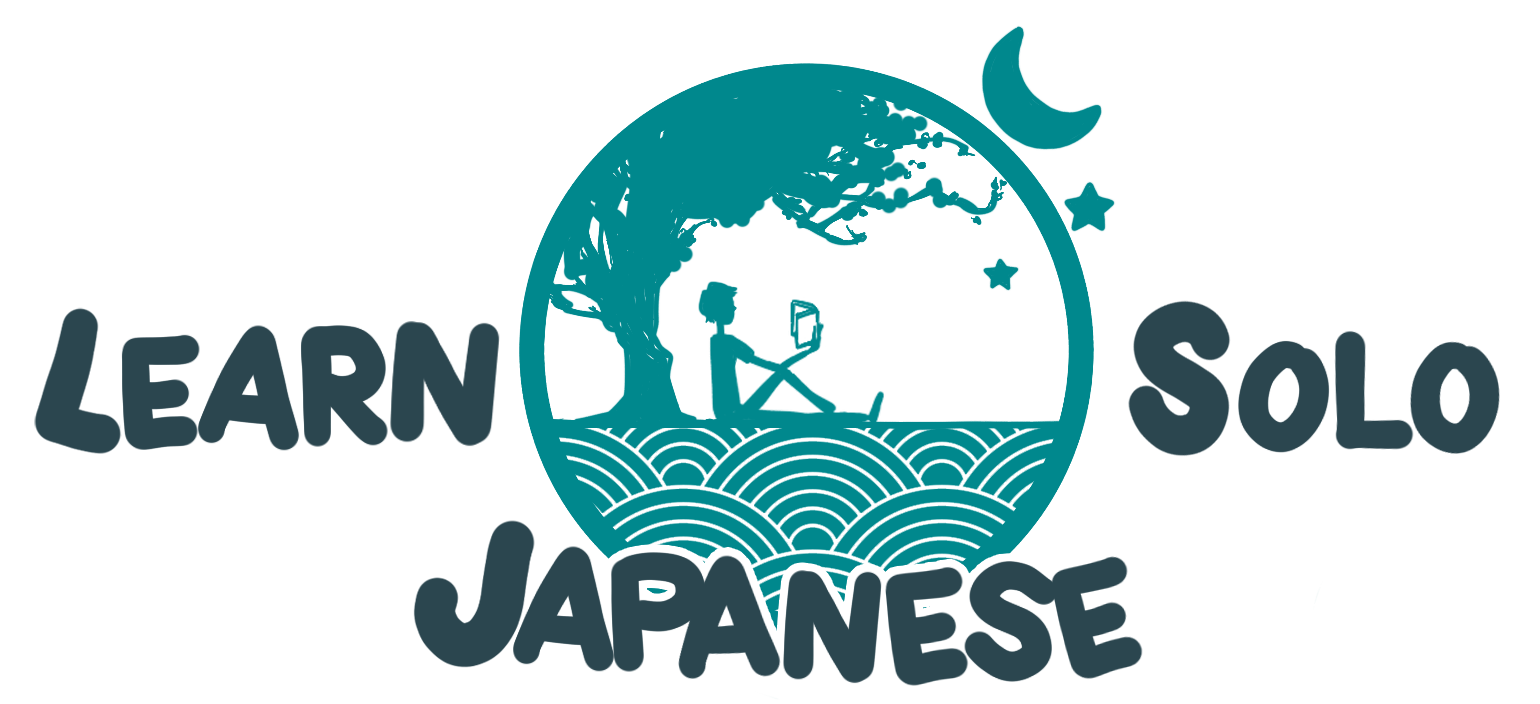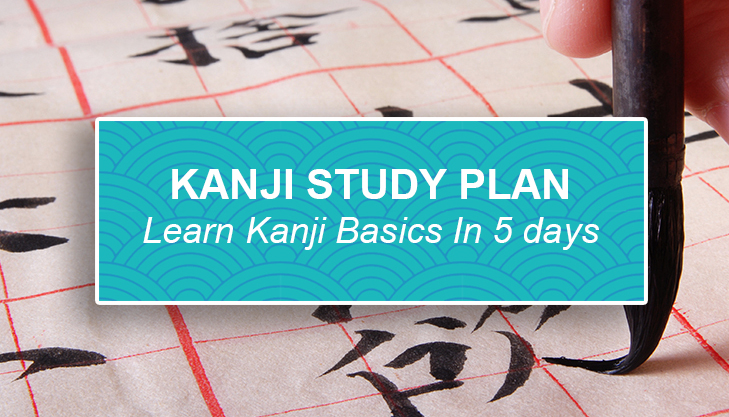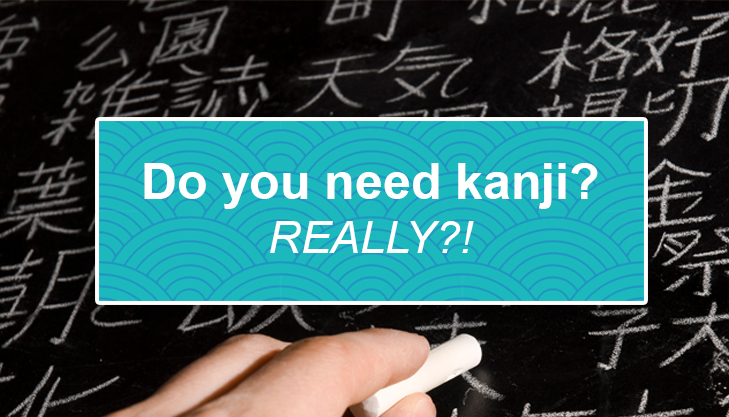So at this point, you’ve already powered through learning hiragana and now you need to continue with a katakana self study routine! Katakana is the second set of characters you need to read Japanese and luckily, it only takes another few days to learn them!
The most important factors to learning katakana without a teacher are: good study materials, a strong routine and powering through. The routine you set up in your hiragana study will continue here and it’s important to keep on track so you don’t burn out when you eventually get to kanji!
Katakana can be harder than hiragana because the initial excitement has worn off and it’s easy to mix up the characters. If you can focus you’ll be done with basic kana in just another week, so let’s get into it!
Before you start the katakana self study routine.



And to think, this person hasn’t even changed their notes since we were studying hiragana!
I’m going to assume you’ve already gone through and completed my 7 day hiragana study guide and you’re familiar with some of the ideas I’m using. If not, I strongly suggest you complete hiragana before you learn katakana to avoid confusion.
Hiragana will give you a foundation in how Japanese characters work/sound so it’s important to get through it first.
Refocus your goals.
While studying hiragana you should have gained some insight into what works best for you in terms of study and revision. This will help you tailor your katakana study to be more effective. For example if you found writing tedious, skip it and replace it with reading. If you hated multiple choice cards, replace them with write in answers. Try to keep it interesting and be consistent with your end goals in mind.
I find it effective to make your study into a ritual. Have the same kind of tea or coffee every time, play the same music, sit in the same place. This will help your brain get into study mode easily even if you’re not feeling it when you sit down.
Remember that learning Japanese is a long term goal not a sprint!
Don’t forget to revise hiragana.
Considering you’ve just spent a week on hiragana, it’s tempting to put it to the side and concentrate all of your energy on katakana. That’s not a good way to learn. If you ignore hiragana at this point, you will quickly forget the characters or mix them up with katakana. You need to study both simultaneously now to get the best results. I have included 10 minutes per day of hiragana revision in this plan on top of the 30min learning and revising katakana.
This study plan aims for around 40 minutes a day but you can adjust that around your own learning speeds.
Budget your resources.
As mentioned previously, if your later goals don’t include kanji then you might want to buy the higher priced apps I’ve recommended here. If you do plan on tackling kanji then stick with the free or lower priced apps and save your coins for the harder tasks later.
Before you start studying katakana you will need:
- An iPhone or Android to download learning apps
- Access to a printer and paper
- A pen
Now let’s get to the first day!
![]()
![]()
![]()
![]()
![]()
![]()
![]()
![]()
![]()
![]()
![]()
Katakana Self Study Routine
![]()
![]()
![]()
![]()
![]()
![]()
![]()
![]()
![]()
![]()
![]()



Jessica loved that she could do her katakana practice easily on her phone, if only it had actually been switched on.
Day 1 – Wtf is katakana.
Like hiragana, there are 46 characters in basic katakana alphabet and plenty more when you add in modifiers. The sounds are also the same with katakana so we won’t be spending specific time focusing on pronunciation again. Make sure to continue saying the characters out loud as you go anyway as practice.
This is your first day on katakana so we’re only going to deal with the 5 vowels so you can spend more time revising hiragana while it’s fresh in your mind.
Key study points:
Download your study resources.
This guide assumes you’re using the apps I recommended in my katakana app guide. Particularly, I recommend Katakana Memory Hint and Kana School or Kana Mind but if you want to use your own apps that’s fine. You need to have a “learning app” and a “revision app” for this to work well. If you’re looking for a learning app, check for mnemonics, pictures and easy learning tools that stick in your brain. The revision app needs to have quick multiple choice tests or typing tests so you can improve your reading speed.
Install your apps and also print out several katakana practice sheets to use later in the course.
What is the difference between hiragana and katakana?
Hiragana and katakana cover the same character lists and sounds. So what is the point of katakana when you can already spell everything with hiragana?
Hiragana is used for: Japanese origin words, grammar points, joining kanji words together, just about everything.
Katakana is used for: foreign words, foreign names, emphasis, onomatopoeia, technical words, sound effects, stuff that doesn’t fit in Japanese.
Katakana is kind of like an emphasis on a word or writing in bold font. Hiragana and katakana are never mixed into the same words and you will need to know both to communicate in Japanese.
Study time break down:
- Download your study apps – 5min
- Learn the 5 vowel characters (A, I, U, E, O) in your study app – 10min
- Compare the characters to their hiragana counter parts and say them out loud to learn pronunciation – 10min
- Revise the characters in your revision app – 5min
- Revise the hiragana characters in your revision app – 10min
Katakana Self Study Routine Day 2 – K and S characters



She decided to take her studies to the next level: the floor.
Ok day 2 coming up! If you made it through hiragana study you’ll know the first thing we do is revise yesterday’s characters. After that, it’s time to jump into some comparisons with hiragana and how you can tell them apart.
Key study points:
Still revising?
This is a good point to pause and check in with yourself on how the revision process is working for you. Revising the characters is almost more important than learning them in the first place. So make sure you’re still taking the time every day to skim over yesterday’s work and get in some multiple choices.
Comparing characters
After you’ve learned some katakana you might see some similarities in the characters. Several katakana characters just look like pointy versions of their matching hiragana. Ka is a great example of this. Very easy to remember! The flip side is that some of the characters also look extremely similar… like Ku and Ke, so it’s important to take time to get the hang of them.
Grab a katakana chart print out like this one with stroke order or this one which includes all of the modifiers and compare it to the hiragana charts you have to find potential problem characters.
Study time break down:
- Revise yesterday’s vowels – 5min
- Learn the K characters (Ka, Ki, Ku, Ke, Ko) and S characters (Sa, Shi, Su Se, So) in your study app – 15min
- Compare the katakana and hiragana tables to look at similar characters – 5min
- Revise today’s characters in your revision app – 5min
- Revise the hiragana characters in your revision app – 10min
![]()
![]()
![]()
![]()
![]()
![]()
![]()
![]()
![]()
![]()
![]()
Katakana Self Study Routine Day 3 – T and N characters with writing practice



The virtual reality suit for learning katakana was one step too far though. After several tests, Mary was diagnosed with “Katakana madness“.
By day 3 things might feel like a bit of a slog so let’s break it up with some writing practice.
Once you finish today’s lesson you will be half way there so keep your head up!
Key study points:
Revision tips
The first revision today will include all of the katakana you’ve learned up to this point. Make sure to concentrate on keeping your speed up. Don’t spend ages debating over a question, just pick an answer and move on. If it’s wrong, take a moment to review and keep going. This will set you up to recognise the characters as second nature.
Keeping up with hiragana
By now you might be bored with standard multiple choice questions so if your app offers type in questions or written/drawings then switch to that. If you find revising with the app is getting tedious then switch to writing out any words you know in hiragana. You could also download children’s picture books to get an idea of how much hiragana you’ll need to read. Tailor your hiragana revisions to what you personally find the most interesting.
Writing
If you haven’t already, print out your katakana practice sheets so you can start writing. While it’s not a skill that you will use often, it’s a great learning tool. Write out characters that you find hard to remember and compare them to similar characters. Say the character out loud as you go and see how quickly you can get the pen to paper accurately.
Study time break down:
- Revise characters – 5min
- Learn the 5 T characters (Ta, Chi, Tsu, Te, To) and 5 N characters (Na, Ni, Nu, Ne, No) in your study app – 15min
- Practice writing a few characters – 5min
- Revise today’s characters in your revision app – 5min
- Revise the hiragana characters in your revision app – 10min
Katakana Self Study Routine Day 4 – H and M characters and mini revisions



The only known cure for Katakana madness is to buckle down and get through the week of study.
By now hopefully you are in a good routine with your studying every day. If you find yourself speeding up then embrace it and use the extra time to revise in more interesting ways. Try to get creative with it!
Key study points:
Restarting mini revisions.
If you stopped doing mini revisions throughout the day after finishing hiragana then now is the time to get back into it. Mini revisions are 5-10 question lightening rounds that you do several times a day to speed up your recognition. Try to do them with both hiragana and katakana now.
Mixing katakana and hiragana.
Now is also a great time to start revising the hiragana and katakana together at once if your app allows it. By mixing the questions up you will learn to differentiate the characters and make more memory connections in your mind.
Study time break down:
- Revise characters – 5min
- Learn the 5 H characters (Ha, Hi, Fu, He, Ho) and 5 M characters (Ma, Mi, Mu Me, Mo) in your study app – 15min
- Practice writing a few characters you have trouble remembering – 5min
- Revise today’s characters in your revision app – 5min
- Revise the mixed hiragana and katakana characters in your revision app – 10min
![]()
![]()
![]()
![]()
![]()
![]()
![]()
![]()
![]()
![]()
![]()
Katakana Self Study Routine Day 5 – Y, R, W, N characters



April wished she had just taken 7 days to study before being diagnosed with severe Katakana madness.
Today is your last day of the basic katakana, well done! Like with hiragana, there is just one other full set of 5 along with a few stragglers. If you complete the lessons today you have finished all of the basic katakana and just have the modifiers left. So get studying!
Key study points:
Left over characters.
These left over characters are used in the same ways that they were in hiragana. The W and N characters are used a lot less often as katakana is not used for grammar points.
Similar characters.
Today you also have the last of some very similar characters: N, No, So, Tsu and Shi. All of these look a bit like smiley faces but they differ in the number and direction of the flicks. These are all characters that are used often so be sure to look closely so you can tell the difference!
Study time break down:
- Revise characters – 5min
- Learn the 5 R characters (Ra, Ri, Ru, Re, Ro), the 3 Y characters (Ya, Yu, Yo), the 2 W characters (Wa, Wo), and the N character in your study app – 15min
- Practice writing a few of the characters – 5min
- Revise today’s characters in your revision app – 5min
- Revise the mixed hiragana and katakana characters in your revision app – 10min
![]()
![]()
![]()
![]()
![]()
![]()
![]()
![]()
![]()
![]()
![]()
Katakana Self Study Routine Day 6 – Modifiers – Dakuten and Handakuten



Rachel was no fool, she knew from health class that Katakana Madness was spread via study contact through windows. Only regular old book study for her!
Yep you guessed it, the 46 regular katakana are also joined by dakuten and handakuten to form new sounds. For this lesson make sure you have a hiragana chart that includes modified characters. The idea is exactly the same as hiragana so if you understand the concept you can skip the key study points.
Key study points:
Understanding modifiers – Dakuten
The first of the modifiers we will study today are called Dakuten. They look a bit like quotation marks and you add them to top right of the regular katakana to change the sound. They are used on characters that start with K, S, T and H. The same basic sound concepts apply, they just change the consonants so K>G, S>Z, T>D and H>B.
Understanding modifiers – Hadakuten
The second kind of modifier for today is Hadakuten, it looks like a little circle and it’s used to change H sounds to P.
Study time break down:
- Revise characters – 5min
- Learn the 5 kinds of modified characters that use Dakuten and Hadakuten – 15min
- Revise today’s characters in your revision app – 5min
- Revise the mixed hiragana and katakana characters in your revision app – 10min
![]()
![]()
![]()
![]()
![]()
![]()
![]()
![]()
![]()
![]()
![]()
Katakana Self Study Routine Day 7 – Modifiers – Diagraphs
Well done on making it to the last day!
As with hiragana, our last day is spent studying diagraphs. They are used in exactly the same way here so they might also not be included in your flash card app. If you can’t revise them that way then just try writing them down.
Key study points:
Understanding modifiers – Diagraphs Ya/Yu/Yo
Diagraphs are a kind of mini character that’s put after the main katakana. It changes the vowel sound on the end, so for example Ki+mini ya = Kya sound. You can do this with Ya, Yu or Yo, just check your katakana chart to see which other characters it works with.
Understanding modifiers – Diagraphs Tsu
The tsu character is a little different. When Tsu is used as the mini character, it means that the next character’s consonant is double long. So Ki-mini tsu-Ko becomes ki-kko when you pronounce it.
Study time break down:
- Revise characters – 5min
- Learn the Y and Tsu modified characters in your study app – 15min
- Practice writing a few of the characters – 5min
- Revise today’s characters in your revision app – 5min
- Revise the mixed hiragana and katakana characters in your revision app – 10min
![]()
![]()
![]()
![]()
![]()
![]()
![]()
![]()
![]()
![]()
![]()
Congratulations you’ve finished learning katakana through self study!



Katakana Madness symptoms include being awkwardly surprised at flags. If symptoms persist please see your medical professional. Then go learn kanji.
Second week of Japanese study is DONE! You have officially added katakana to the Japanese systems you know! That’s over a hundred characters you’ve learned in just 2 weeks: CONGRATULATIONS!
“Finishing” is kind of misleading though, this isn’t the end of kana. When you move on to your next lessons you need to continue to revise your katakana and hiragana until it’s embedded in your brain as a second nature.
Now what? How do I apply this? Kanji?
Hell yeah the next step is kanji and there is no time for a break! I suggest jumping right into kanji the next day but if you do need an information holiday just do a few days of kana revision before you move on.
Don’t take any actual days off though, stick to the 30 minutes a day and keep your motivation high! Now you should be able to sound out some easy words. Try writing your name in katakana, check out some Japanese social media to see kana in the wild and try have some fun with it.
My next study guide will show you how to integrate kanji, vocabulary and grammar into your study so stay tuned!
The main point is to keep studying in the mean time until you can recognise and read hiragana and katakana as easily as English.




